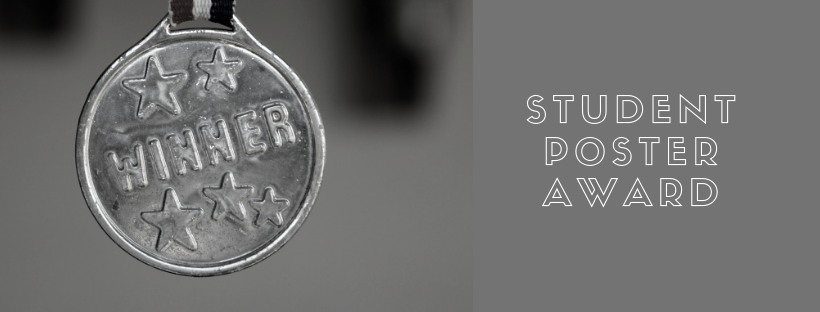Winner Poster Award 2024
João Gomes
Psychology Research Center, School of Psychology, University of Minho, Portugal

Psychology Research Center, School of Psychology, University of Minho, Portugal
My name is João Gomes and I am a 1st year PhD student in Psychology (funded by the Foundation for Science and Technology) at the School of Psychology, University of Minho (Portugal), in collaboration with Birmingham City University (UK). The PhD project focuses on child sexual abuse, credibility assessment and the decision-making process of judges, prosecutors and forensic psychologists. The study presented in the poster is the result of my master’s thesis, focused on witness interviews and the impact of misinformation.
Abstract: The Self-Administered Interview (SAI©) elicits comprehensive initial statements from witnesses and can enhance subsequent statements. However, the SAI© requires a written response that may have disadvantages compared to a spoken account. This study tested the effect of SAI©’s response modality and its subsequent impact on a delayed retrieval attempt. After watching a mock crime, participants completed a Spoken-SAI©, Typed-SAI© or no-SAI©. Four days later, participants read a news report with misleading post-event information (PEI) and, after another 3 days, completed a free recall and a recognition test. The Spoken-SAI© required less time to be completed than the Typed- SAI© but elicited accounts with a comparable amount of correct information and accuracy. Providing an initial account using the SAI© (vs. no-SAI©) produced more detailed accounts 1 week later regardless of response modality but did not reduce the susceptibility to misleading PEI. Regardless of response modality, most of the correct information recalled in the first retrieval attempt was also recalled in the second retrieval attempt, suggesting that a substantial number of correct units of information were preserved over the 1-week retention interval. Further, 21% of the units of information recalled in the second retrieval attempt were new correct units of information, suggesting that a formal police interview is important to obtain new information that was not captured in the initial self report. New versions of the SAI could allow for a spoken or typed response option, allowing witnesses to choose their preferred method depending on individual preferences and needs. Ultimately, this can help promote equity when accessing police services, which is a critical concern in modern policing.

